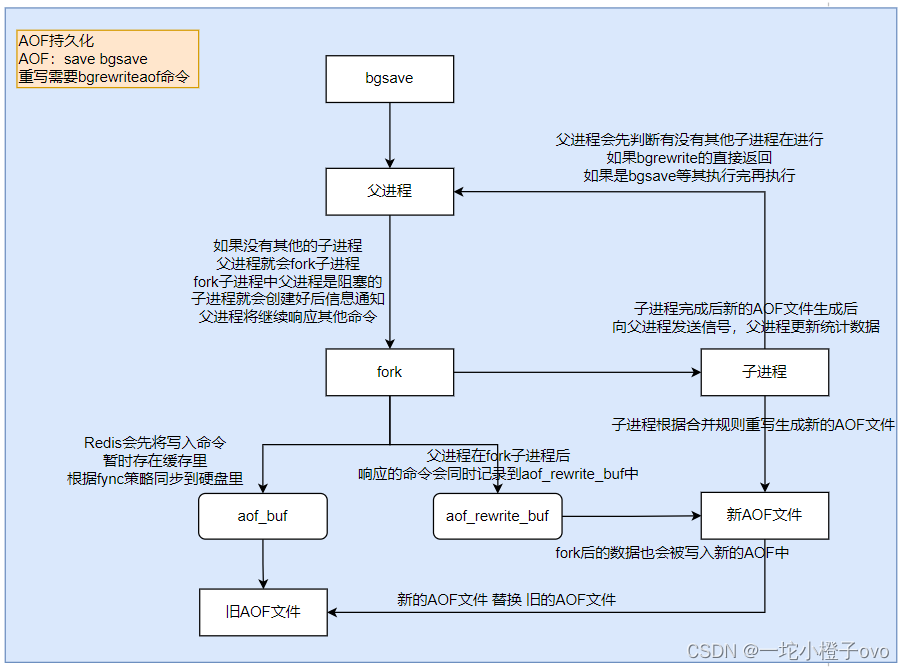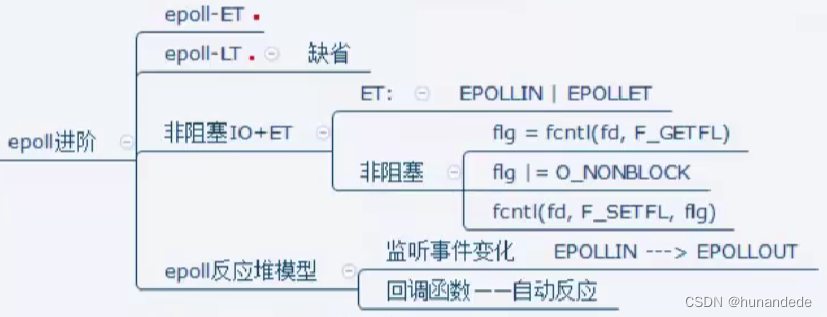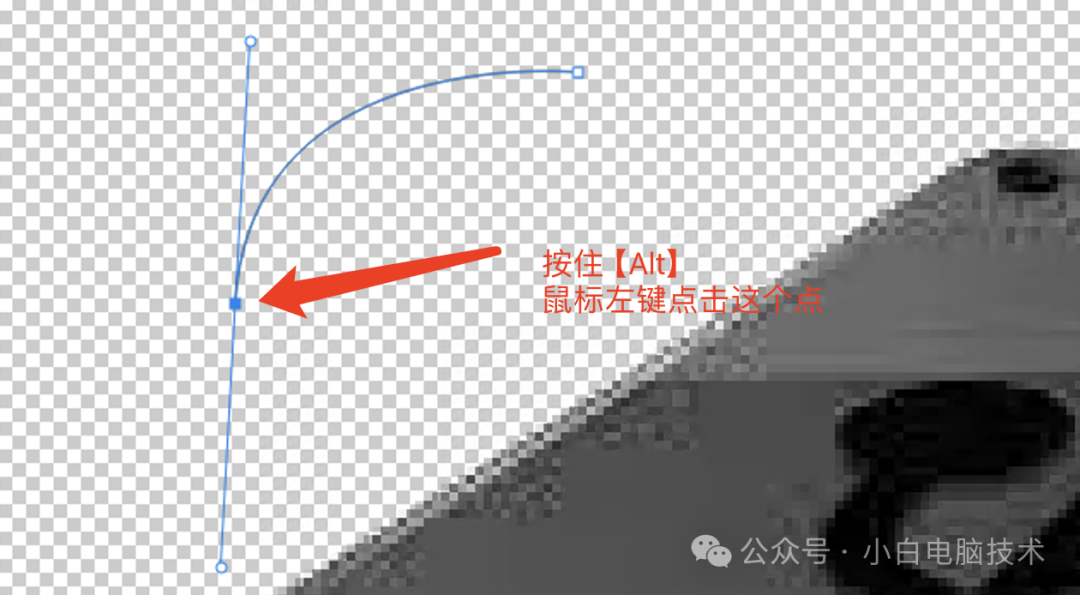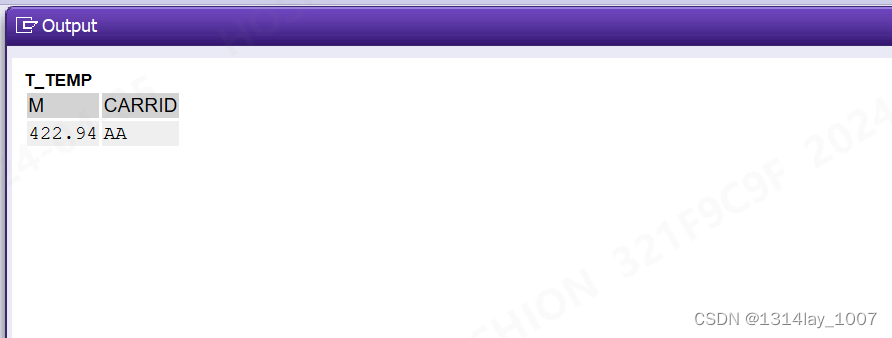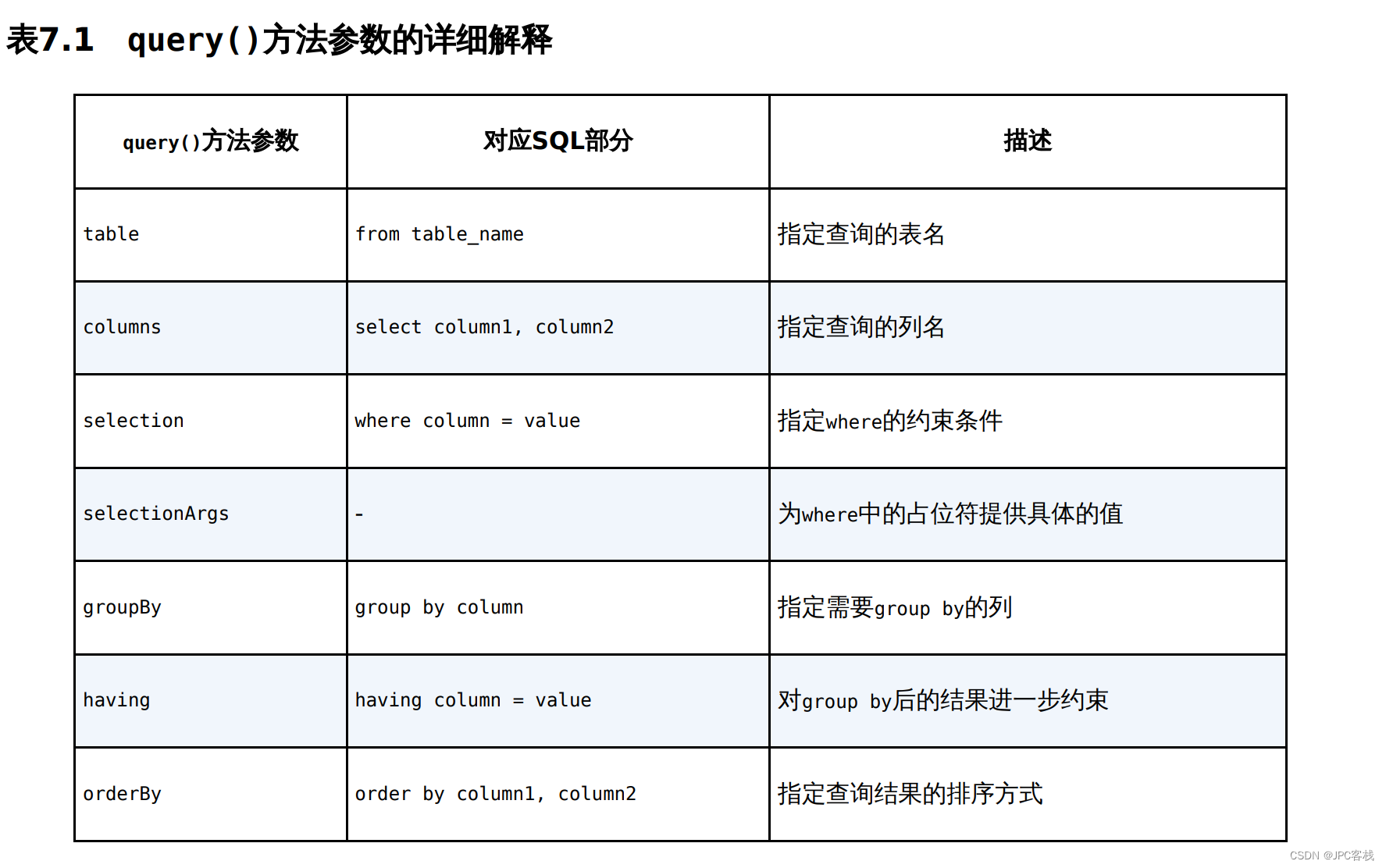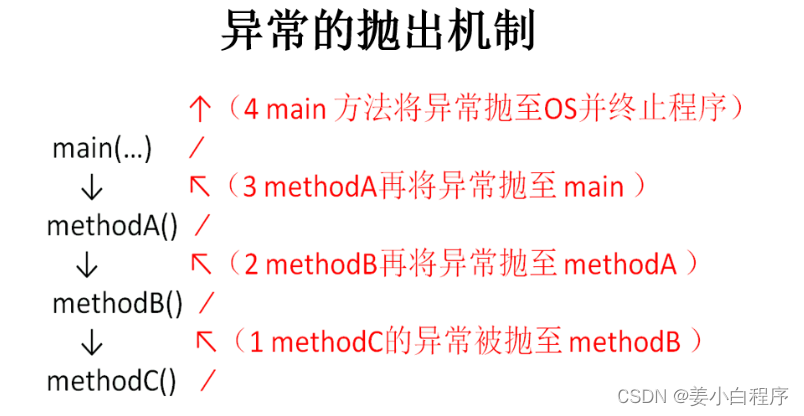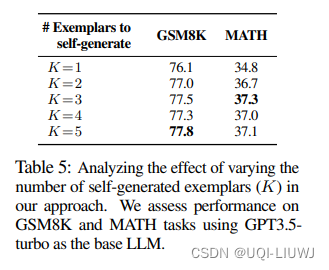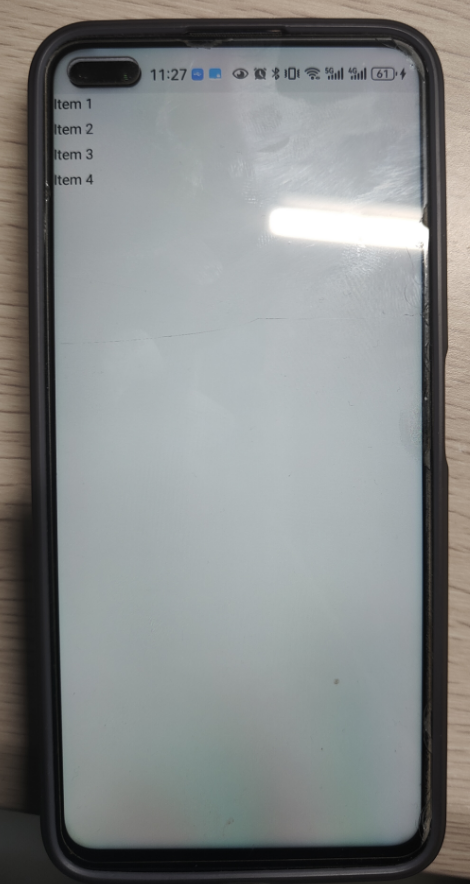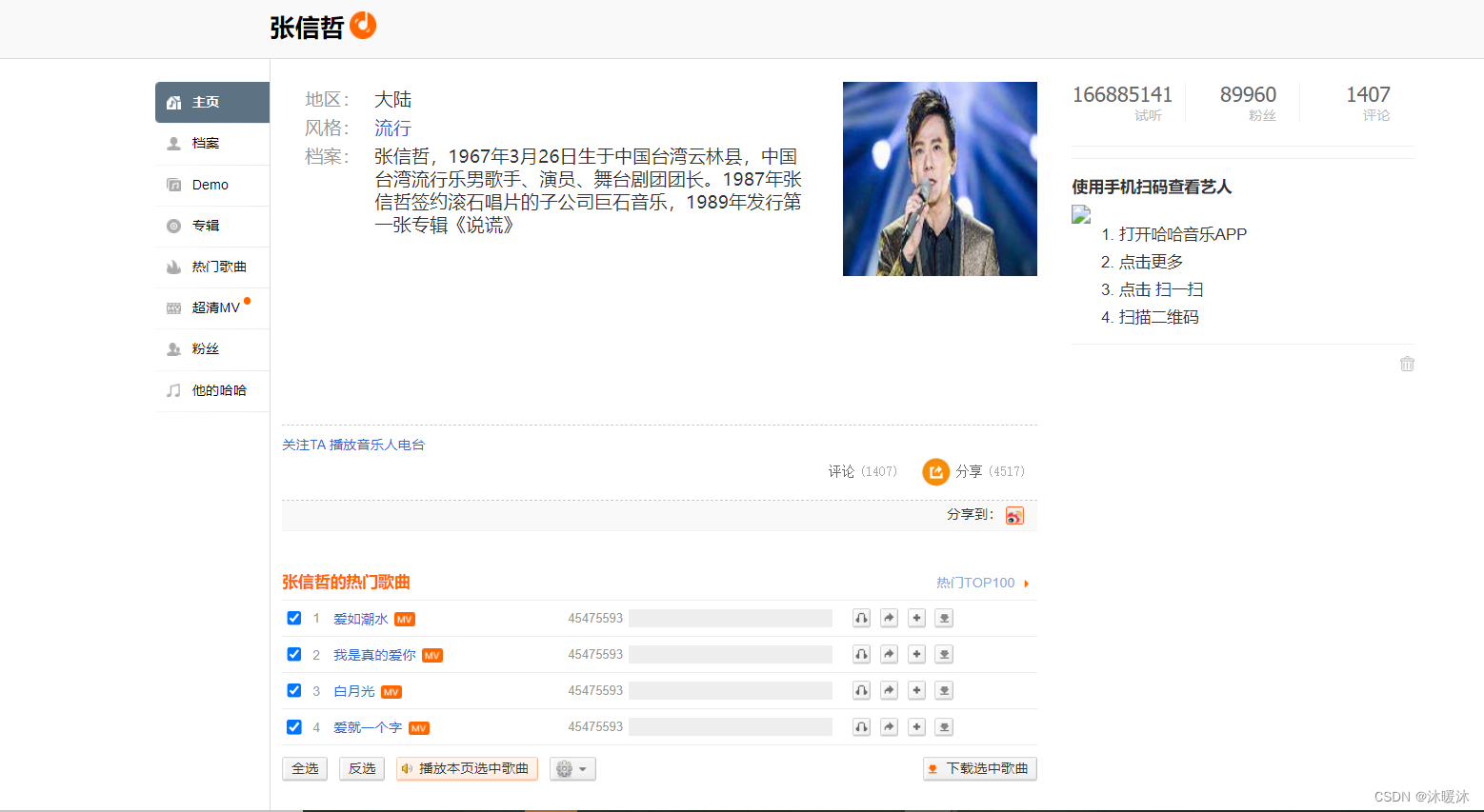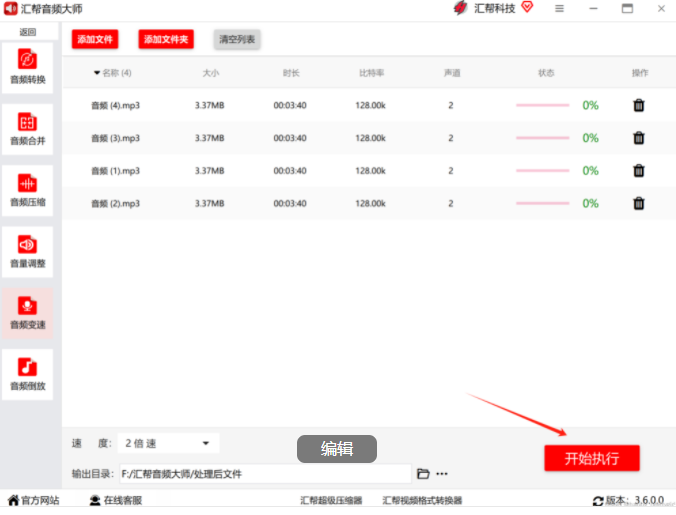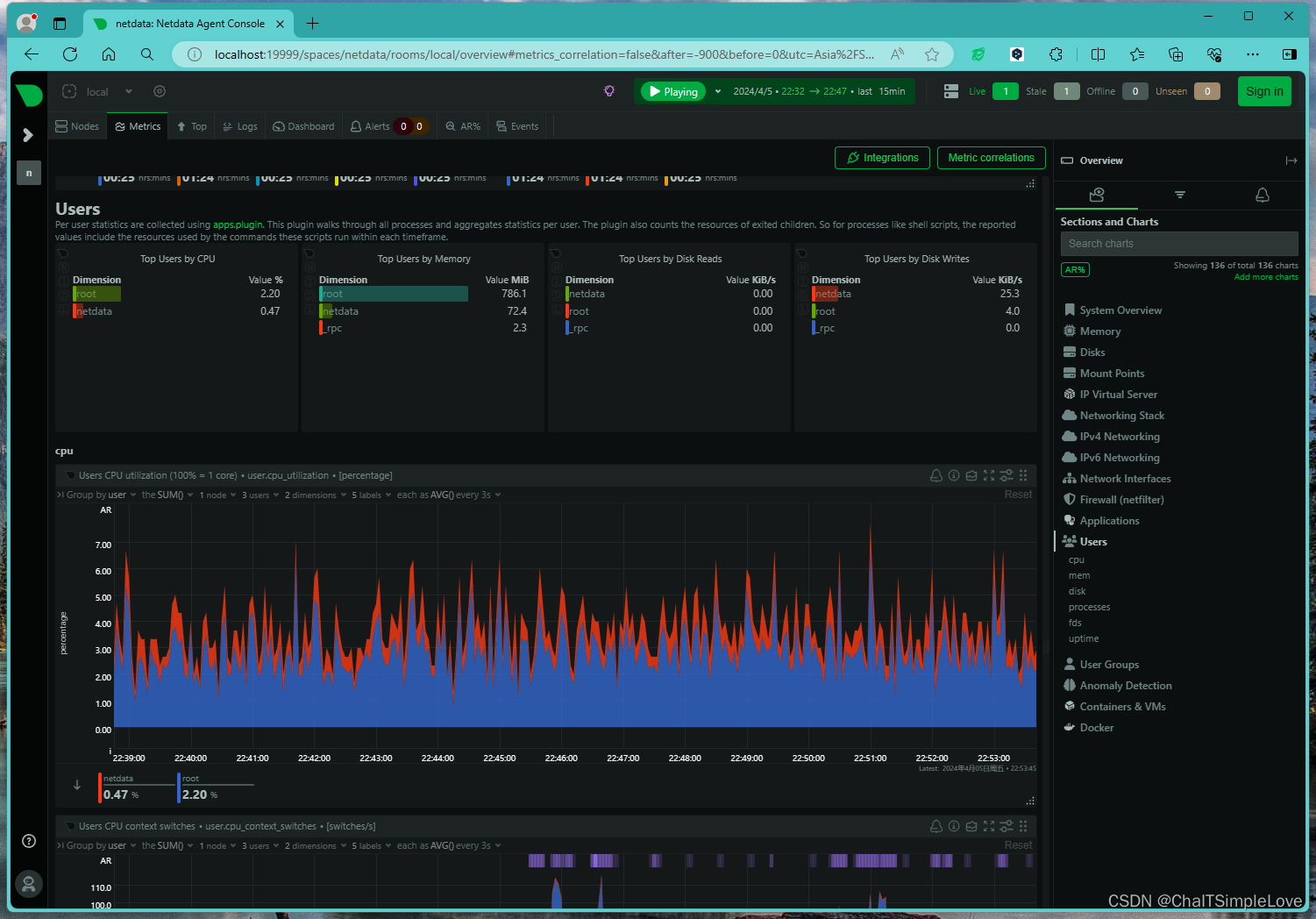运用了倍增思想,从小到大处理
1.【模板】ST 表
// Problem:
// P3865 【模板】ST 表
//
// Contest: Luogu
// URL: https://www.luogu.com.cn/problem/P3865
// Memory Limit: 125 MB
// Time Limit: 800 ms
//
// Powered by CP Editor (https://cpeditor.org)
#include<iostream>
#include<vector>
#include<cmath>
using namespace std;
const int N=1e5+10;
int d[N][20];
#define endl '\n'
int main(){
ios::sync_with_stdio(0),cin.tie(0),cout.tie(0);
int n,m;cin>>n>>m;
for(int i=1;i<=n;++i) cin>>d[i][0];
for(int i=1;i<=19;++i){
for(int j=1;j+(1<<i)-1<=n;++j){
d[j][i]=max(d[j][i-1],d[j+(1<<(i-1))][i-1]);
}
}
while(m--){
int a,b;cin>>a>>b;
int len=log2(b-a+1);
cout<<max(d[a][len],d[b-(1<<len)+1][len])<<endl;
}
return 0;
}董晓博客的图解释的比较详细,这里引用
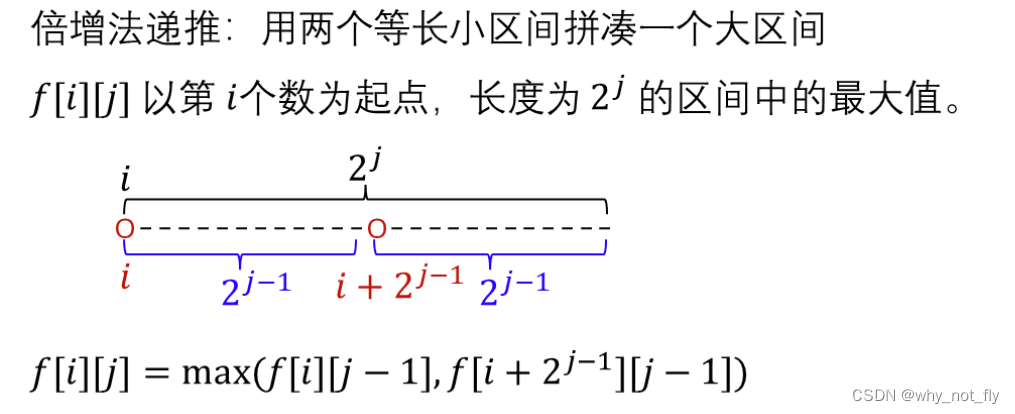

第一个图是预处理,时间复杂度nlogn,第二个图是查询,复杂度是O(1)
遇上大数据的离线处理就只能用ST表

